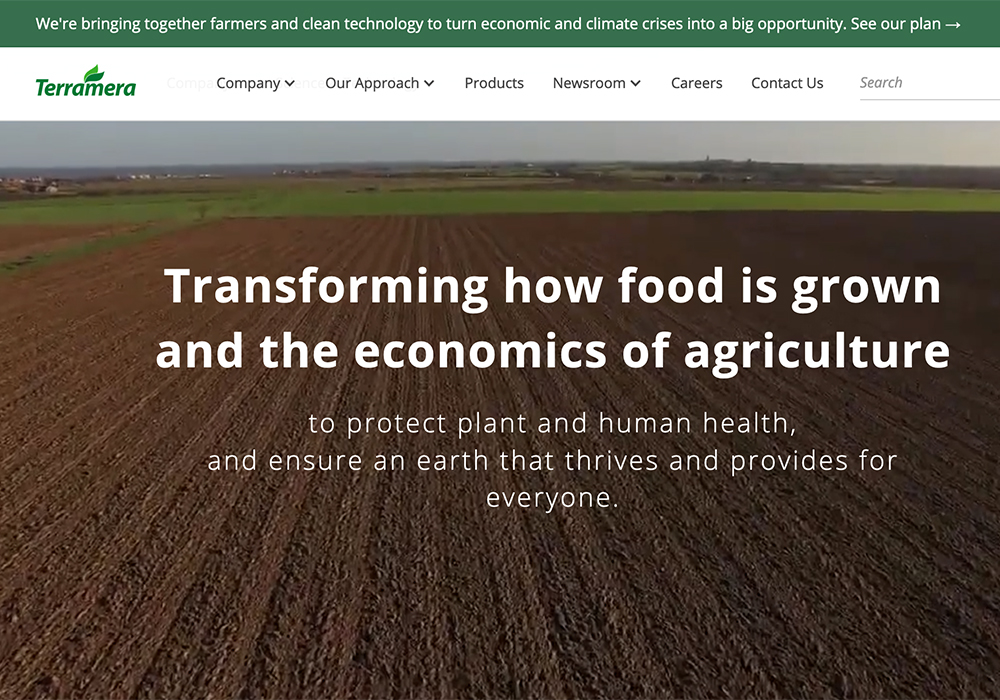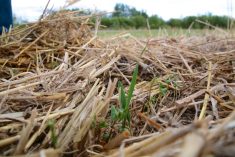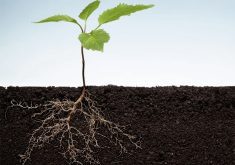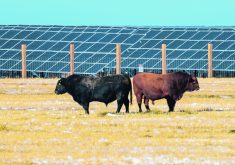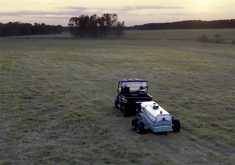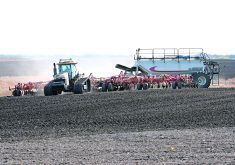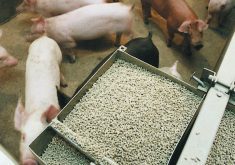Two players in the agricultural space are launching pilot projects this year to look at the opportunity in Canada’s carbon market as a federal program nears.
The federal government expects to publish its draft regulations for a federal carbon offset market this winter, with final regulations to come by fall.
Judy Meltzer, senior adviser to the deputy minister at Environment and Climate Change Canada, said the department is aware of agriculture’s role in reducing greenhouse gas emissions and the opportunity for the sector in offsets.
Read Also

Farming Smarter receives financial boost from Alberta government for potato research
Farming Smarter near Lethbridge got a boost to its research equipment, thanks to the Alberta government’s increase in funding for research associations.
Design work is still underway but the protocol will require projects to have achieved emissions reductions on or after Jan. 1, 2017. The reductions or removals must be quantifiable and they have to occur in a beyond-business-as-usual setting. The reductions will have to be verifiable by a third party, unique to the system and permanent.
Meltzer said protocol development will be ongoing.
“We have recently signaled which ones we plan to develop first and one of the ones on the top of our list is a protocol for enhanced soil organic carbon,” she said at the Canadian Federation of Agriculture annual meeting.
She said this includes various sustainable agricultural land management activities that reduce emissions or enhance carbon sequestration.
One of the next protocols is likely to be livestock feed management, she said, and additional projects could include reducing nitrous oxide emissions, avoiding grassland conversion and manure management.
The department is setting up lists of technical experts who will help inform the process.
Graham Gilchrist, chief executive officer of Biological Carbon Canada, said farmers should consider carbon a commodity. In Alberta since 2007 about 17 million tonnes of credits worth $295 million have been sold.
“This is real money,” he said.
Michelle Nutting, global lead for agriculture and environment at Nutrien, said that company is launching a pilot in Canada and the United States to work with farmers on an end-to-end carbon program that builds on existing protocols.
“For us, that’s particularly going to be nitrous oxide emissions protocols,” she said.
The pilot will consider carbon offsets along with sustainable agricultural outcomes, she said. A critical piece is a documented plan that demonstrates the data collected and the evidence that a practice was established.
“One of those components might be looking at variable rate prescriptions, following 4R stewardship,” Nutting said. “As a result of a reduced nitrous oxide emission there is a carbon credit created.”
She said Nutrien’s goal is to have high-quality carbon credits available for monetization. She also said the practice to get there must be beyond business as usual and permanent.
“The aim is having an emission reduction that can be seen as real and credible,” Nutting said. “How do we enable farmers to participate in a registered carbon market, identifying the clear ownership of the carbon offset, and that’s an important component so there’s tracking that avoids the double counting of carbon offsets.”
Quantifying carbon is a challenge in agriculture, particularly as farmers adopt new technology or practices that can sequester more carbon.
At Terramera, CEO Karn Manhas said a 300,000-acre pilot project will launch this year with 10,000 acres in the Peace River area of British Columbia and Alberta.
He said participants will test the company’s technology that aims to better quantify carbon. Farmers who are adopting more regenerative agriculture practices believe they are sequestering more carbon but Manhas said they really don’t know.
“Even if we had better regenerative agronomy supports we still aren’t sure how much carbon… those activities are actually resulting in sequestering in the ground per acre,” he explained. “Right now, taking physical measurements is way too expensive. The models that are being used are seen by many as not reliable and accuracy continues to be an issue.”
Terramera’s technology can track what’s actually going on inside plant molecules. Manhas said computational chemistry and artificial intelligence will be used to understand what is happening in the soil.
He said the goal is to drive the cost of physical verification of carbon down to below $5 per acre.
The pilot projects will be funded through partnerships.
“We believe that technology can be a force for good,” Manhas added. “Focusing on outcomes paired with good agronomics is really what’s needed. Producers can decide what’s best to do on their land.”




